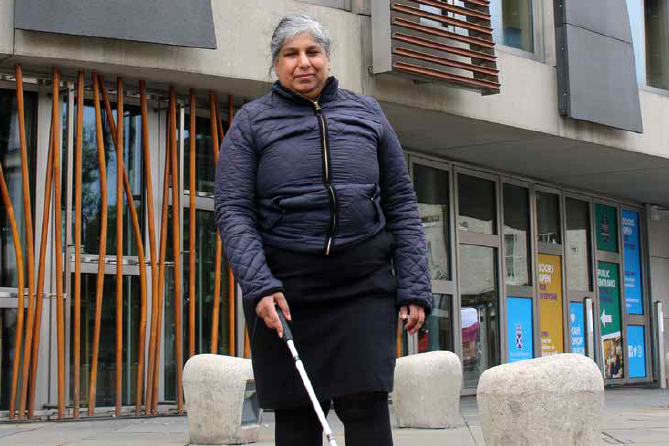We’re Scotland’s health and care improvement agency. We help make health and care better.
Our Chief Executive, Robbie Pearson, talks about how we’re helping health and social care services in Scotland meet the challenges they face.
Our news
-

HIS helps boards reduce waiting times
A story on HIS helping boards reduce waiting times in planned care services
-

Ann Gow – Trailblazing nurse recognised for a career of nursing excellence
Deputy Chief Executive at HIS wins Award for excellence
-

New cervical screening standards urge better support for women with sight loss
A story on the new cervical screen standards
Key resources
Leading quality health and care for Scotland
Read our strategy to find out how we’re securing lasting, positive and sustainable improvements.
Our annual delivery plan
Find out about our priorities for improving health and social care.
Improvement tools
Find out more about our improvement tools which are now hosted on our website.
